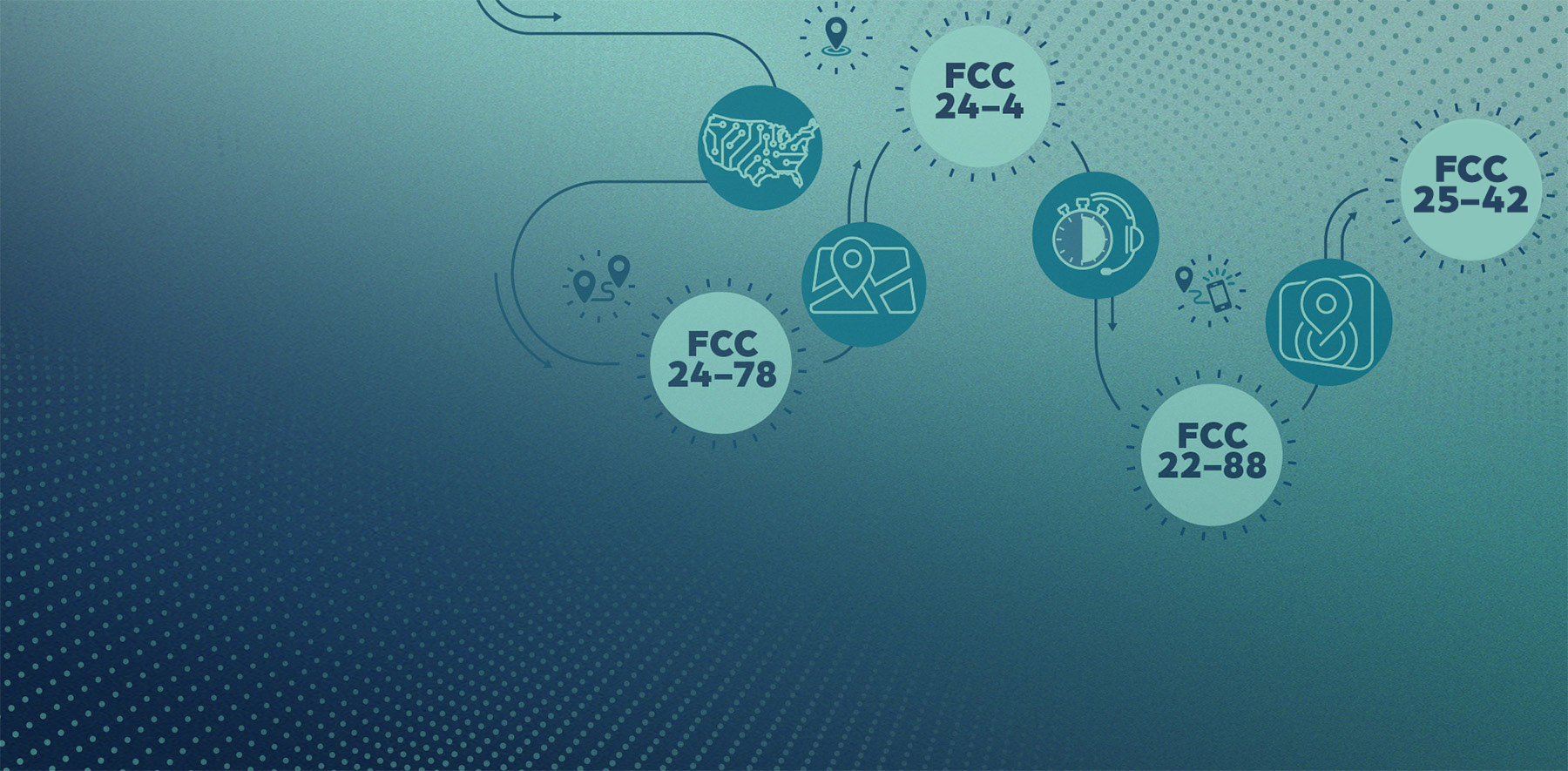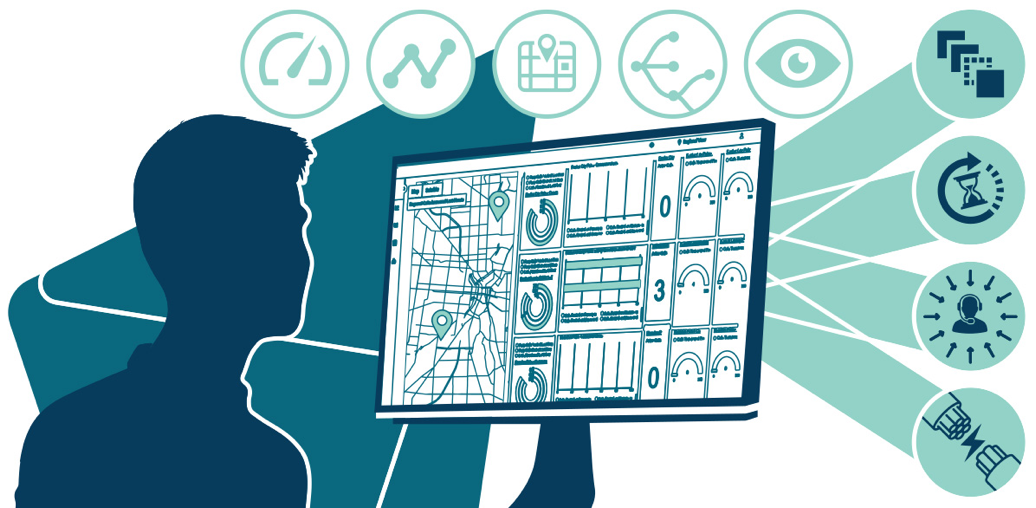NG911 Service Requests & FCC 24-78: A Quick Guide for PSAPs
As of Tuesday, March 25, 2025, 911 Authorities could begin to issue Next Generation 911 (NG911) service requests under the FCC's transition order....
3 min read
By Justin McLeod, Senior Product Manager
Jul 25, 2024
By a unanimous vote on July 18, 2024, the Federal Communications Commission took a groundbreaking step forward to accelerate the transition to end-to-end Next Generation 911 (NG911) in the United States. The Commission’s action will boost efforts to modernize emergency services by advancing the transition to an IP-based 911 system, promising faster, more efficient responses during critical situations.
Intrado was an active participant in shaping these rules, meeting several times with the FCC to talk about the key decisions for extending NG911 and what it’s like to work, on the one hand, with Public Safety Answering Points (PSAPs) that are preparing and, on the other hand, with the Originating Service Providers (OSPs) that will initiate NG911 service to the PSAP. I’m glad to see that the Commission incorporated a lot of what we said into the final order.
The PSAP community is pleased with the outcome. Upon news of the vote, Brian Fontes, CEO of the National Emergency Number Association (NENA), remarked that the ruling would be an opportunity for stakeholders to work together on a plan forward and that the move would improve 911 services “for everyone, especially those who depend on inclusive services, like deaf or hard-of-hearing individuals.”
So, let’s discuss the key elements of the decision.
Aside from improved accessibility and inclusivity, there are several motivating factors behind the push to IP.
Technical issues aside, the biggest challenge may be how to fund the rest of the transition. The public safety community has been vocal about its desire to move forward with NG911 for years, but funding the transition has been an ever-present challenge.
In his statement following the decision, Mr. Fontes added, “Now, it is crucial that Congress commit to fully funding the NG911 transition. Without federal help, local governments will struggle for years to maintain current 911 operations while simultaneously building, testing, and performing a perfect cutover to NG911.” He’s right, and we’re seeing this every day.
The Commission’s decision outlines specific responsibilities for 911 Authorities, including:
I should probably mention that OSPs may challenge PSAP readiness by asking the Commission’s Public Safety and Homeland Security Bureau to evaluate. Throughout the Commission’s decision, however, it’s obvious that the rules are the default, and OSPs and 911 Authorities/PSAPs have the leeway to make alternate arrangements to avoid challenges. The Commission also recognized the importance of the NG911 Core Service Provider in this process. This is where Intrado can be particularly helpful in facilitating an understanding between the OSP and the PSAP.
While there are still obstacles ahead for many PSAPs with funding and implementing NG911, the timeline and expectations are clearer for OSPs: if they serve areas that have not yet transitioned to NG911, they must begin to plan now.
The FCC’s decision mandates that OSPs – including wireline, Commercial Mobile Radio Service (CMRS), text, interconnected VoIP, and internet-based TRS providers – shift to NG911 in two phases. Similar to the approach the FCC adopted twenty-plus years ago for the transition to Enhanced 911, this phased rollout is designed to ensure smooth transition while maintaining the integrity and reliability of emergency services.
The FCC structure includes deployment timelines for OSPs following a PSAP request for service. In addition, the transition to Phase 1 will generally be completed before starting Phase 2, while allowing PSAPs and OSPs to reach agreements to progress directly to Phase 2 where appropriate.
Compliance timelines are as follows:
With deadlines beginning once OSPs receive valid NG911 service requests, it's essential to be prepared to meet the demand. Delays could lead to FCC fines and service disruptions. Learn about Intrado NG Nexus and reach out to our team for more information.

As of Tuesday, March 25, 2025, 911 Authorities could begin to issue Next Generation 911 (NG911) service requests under the FCC's transition order....

FCC compliance can feel like threading a legal needle—especially with new Next Generation 911 (NG911) requirements now in effect. As of March 25,...

At Intrado, we understand the complexity of regulatory compliance—because we’re in it with you. We partner with service providers, public safety...

At the end of 2022, the FCC (Federal Communications Commission) laid down the gauntlet on improving 911 reliability by issuing an order [FCC 22-88]...